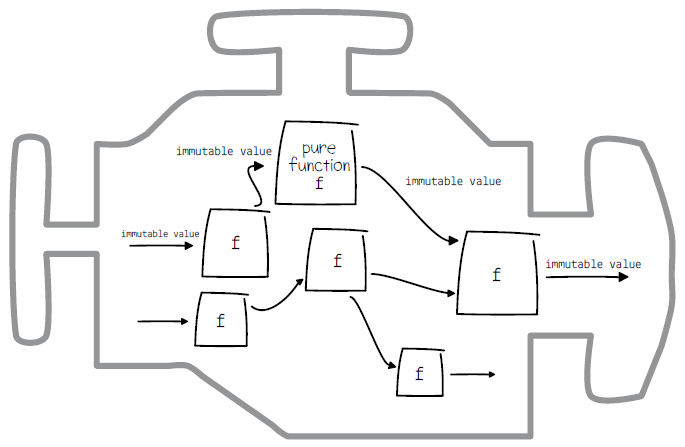3 Immutable Values
In this chapter you will learn
- why mutability is dangerous
- how to fight mutability by working with copies?
- what is the shared mutable state?
- how to fight mutability by working with immutable values
- how to use immutable APIs of String and List
Bad programmers worry about the code. Good programmers worry about data structures and their relationships.
— Linus Torvalds
3.1 The fuel for the engine
In the last chapter we met the pure function, which is going to be our best friend throughout the rest of the book. We introduced and briefly discussed some caveats regarding values that may change—mutable states. This chapter focuses on problems with mutable states and explains why pure functions can’t use them in majority of cases. We are going to learn about immutable values, which are used extensively in functional programming. The relation between a pure function and an immutable value is so strong, that we can define functional programming using only these two concepts:
|
Functional Programming is programming using pure functions that manipulate immutable values
|
|
If pure functions make up the engine of functional programs, immutable values are its fuel, oil and fumes:

